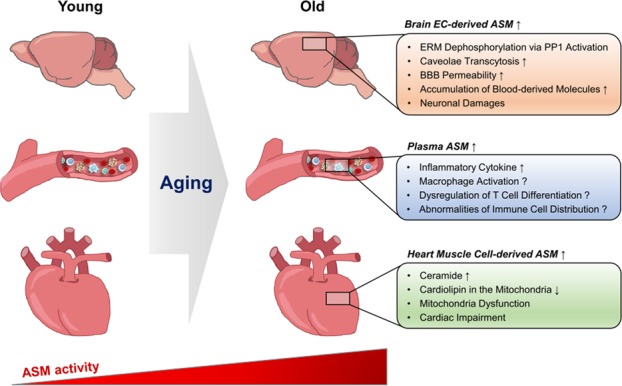Fig. 1. ASM-mediated physiological dysfunction in aging.

ASM activity increases with aging. In the aged brain, ASM levels increase in ECs of the BBB. EC-derived ASM induces BBB hyperpermeability by excessive caveolae transcytosis via PP1-mediated ERM dephosphorylation. This results in extravasation of blood-derived molecules into the brain parenchyma, leading to neuronal cell death and memory impairment. Plasma ASM levels also increase with aging, and ASM is likely to promote inflammation by causing immune cell dysfunction, such as macrophage activation and dysregulation of T cell differentiation. In aged hearts, increased ASM in muscle cells induces ceramide production. Ceramide mediates a decrease in mitochondrial cardiolipin, and this reduction contributes to mitochondrial dysfunction and cardiac impairment.
